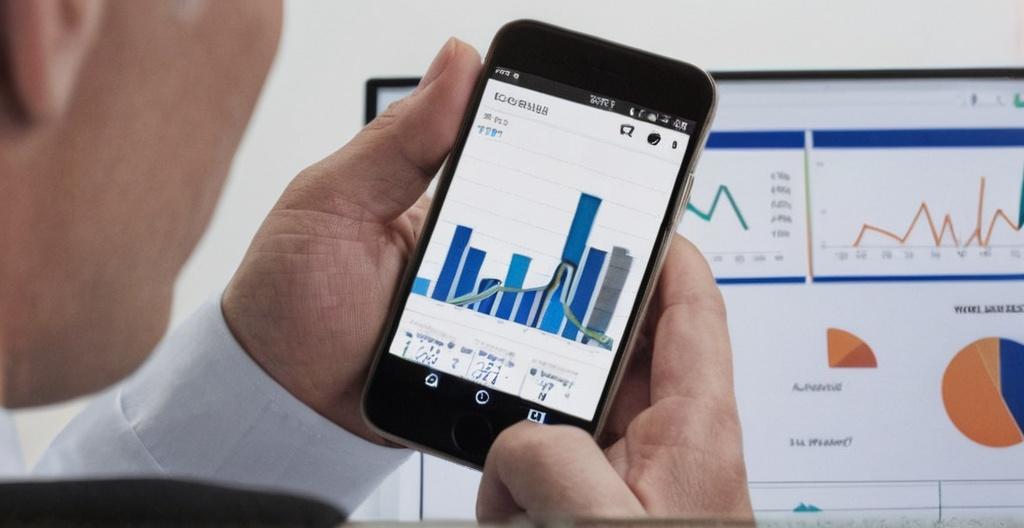Key Take Aways About Cross-Border Trade Compliance
- Trading compliance is essential for ensuring trades align with international laws, preventing issues like money laundering.
- Regulations keep global trade organized, similar to traffic rules preventing chaos.
- Trading charts are crucial for informed decision-making, and include line, bar, and candlestick types.
- Technical analysis utilizes indicators like Moving Averages, RSI, and MACD to predict market trends.
- Combining indicators can provide clearer market insights if balanced correctly.
- Compliance and understanding of charts are vital to avoid trading pitfalls and ensure smoother transactions.

Trading Compliance: What’s the Fuss About?
When we’re talking cross-border trade, it’s a bit like trying to herd cats. There’s a ton of moving parts, and you gotta keep those parts from tripping over each other. In the trading universe, compliance is the unsung hero making sure everything’s not just flying off the rails.
Regulations and How They Rock Your World
Let’s face it, regulations aren’t the most thrilling bedtime read, but they’re like the rules of the road. Imagine the chaos if everyone drove however they wanted. Regulatory compliance is about making sure trades meet international laws and agreements. Ignore these, and you’re in for a world of paperwork—and not the fun kind.
Why Countries Care About Compliance
Think of countries as bouncers at an exclusive club. They want to know who’s getting in, what they’re bringing, and if they’ve got the right credentials. These rules keep out the riff-raff—like money laundering and dodgy trades—and help countries stay in control of their economy and security.
Trading Charts: The Visual Storyteller
Charts in trading are like a map to buried treasure—but only if you know how to read them. They’re not just pretty pictures; they track the rise and fall of assets, helping traders make informed decisions.
Key Types of Trading Charts
Every trader’s got their favorite type of chart. Here’s a quick peek:
- Line Charts: The simplest of the bunch, connecting the closing prices over a set period. It’s the bread and butter for spotting trends.
- Bar Charts: Offering a bit more, these show opening, closing, high, and low prices. It’s like getting the full scoop on a stock’s trading day.
- Candlestick Charts: These bad boys are popular for a reason. They show the same info as bar charts but in a more visually appealing way. Each “candle” tells a story of the battle between buyers and sellers.
Reading Charts Without Losing Your Mind
Okay, so you’ve got this chart in front of you. Now what? Look for patterns like the old double top or the head and shoulders. These patterns are like your friendly neighborhood fortune tellers for future price movements.
Technical Analysis: Your Trading Crystal Ball
Technical analysis is all about studying past market data to predict future price movements. It’s like being a detective, but instead of solving crimes, you’re solving the mystery of where the market’s headed.
Indicators That Light the Way
Indicators are tools for traders to get a grip on market trends. They offer insights into price momentum, volatility, and more. Some favorites include:
- Moving Averages: These smooth out price data, helping you spot the underlying trend without all the noise.
- Relative Strength Index (RSI): A trusty gauge of whether a security is overbought or oversold.
- MACD: Like a dance partner, it shows the relationship between two moving averages, indicating potential buy/sell signals.
Combining Indicators: The Trader’s Secret Sauce
Mixing indicators is like making a cocktail. Too many, and you’ve got a headache. Get the balance right, and you’re set. Pairing moving averages with RSI gives a clearer picture of the market, reducing the chance of getting blindsided by out-of-the-blue price changes.
Personal Stories from the Trading Trenches
Anyone in trading long enough has a story or two. Take Joe, a trader who thought he was on a winning streak with a new forex pair. He skipped the compliance checks, ignored the charts, and went all in. Two weeks later, he’s dealing with a big loss and a lesson learned: due diligence is everything, folks.
Why Cross-Border Trade Compliance Matters to You
In the end, trade compliance isn’t just for the suits in corporate offices. It’s a thing that keeps everything moving smoothly for everyone. If you’re trading across borders, knowing these rules inside out can keep you out of hot water. And who wouldn’t want to avoid extra headaches?
Whether you’re dabbling in trading or making it your full-time gig, knowing the ins and outs of compliance and charts can mean the difference between smooth sailing and a shipwreck.